
NAVIER Laboratory
UMR 8205
The Navier Laboratory is a joint research unit of the Ecole Nationale des Ponts et Chaussées (ENPC), the Gustave Eiffel University and the National Center for Scientific Research (CNRS), located in the Cité Descartes in Marne-La Vallée. The staff (nearly 170 people) conduct research on mechanics and physics of materials, structures and geomaterials, and their applications to geotechnics, civil engineering, transport, geophysics and energy. Societal challenges concern sustainable construction, natural risks, environment and energy. In the development of mechanical and physical laws relating to these themes, the studies undertaken are both experimental and theoretical. They are based on a vast array of equipment, some of which are unique in their kind.

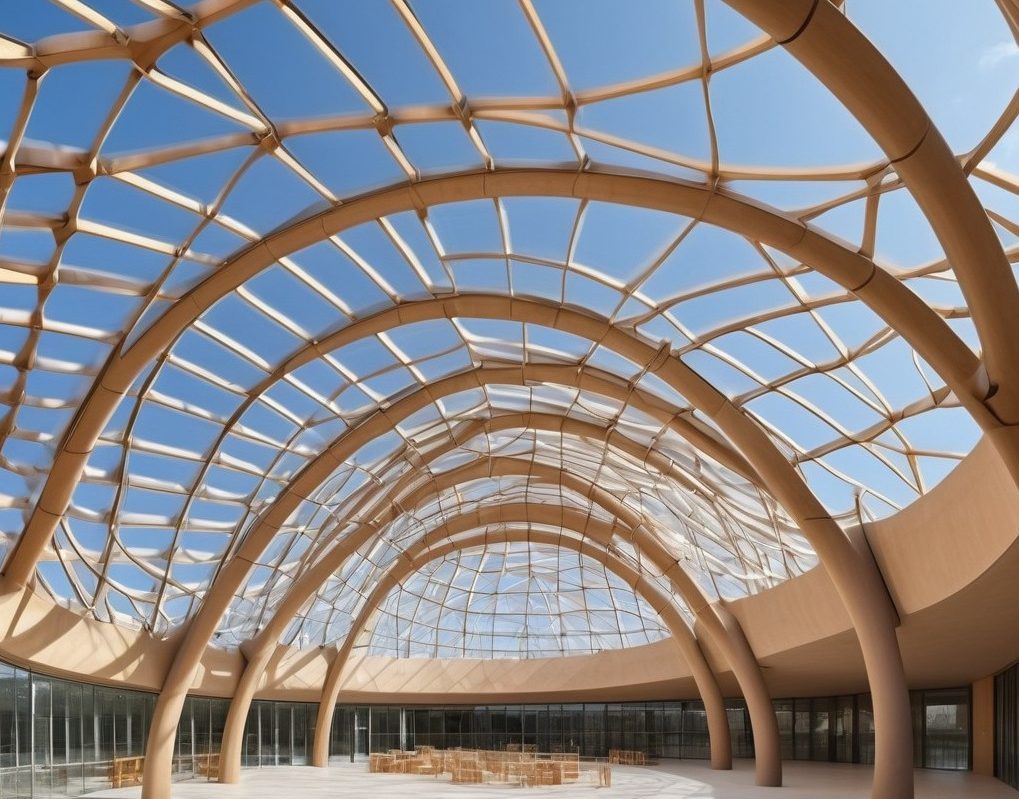
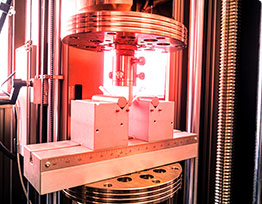
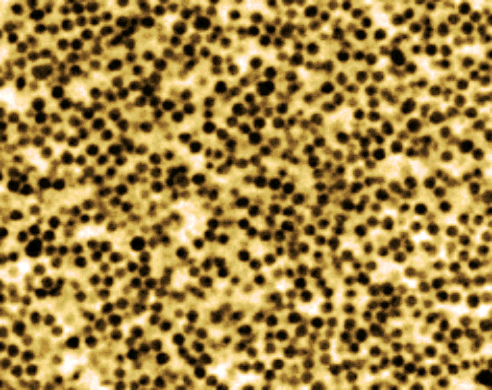
News
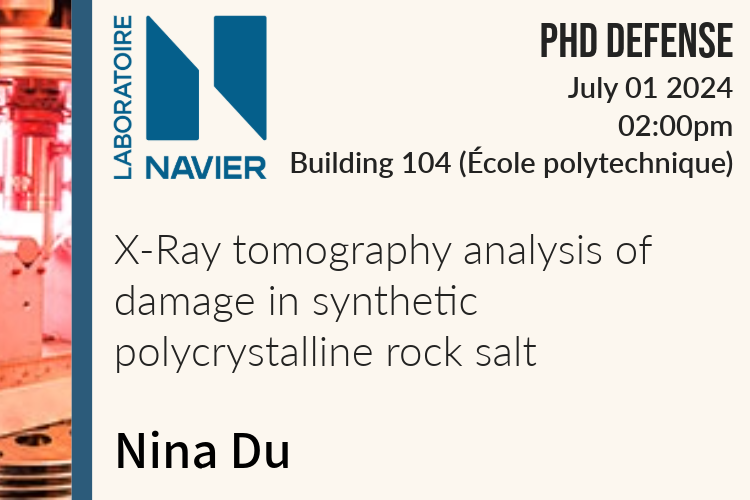
PhD Defense – Nina Du
Nina, a PhD candidate in the Multiscale team and in collaboration with LMS, will defend her dissertation titled “X-Ray tomography…
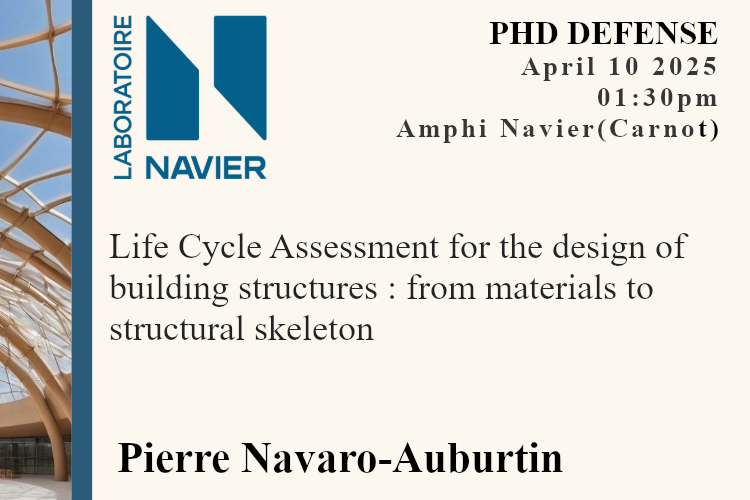
PhD Defense – Pierre Navaro-Auburtin
Pierre Navaro-Auburtin, a PhD candidate in the Architectured Materials and Structures team will defend his dissertation titled «Life Cycle Assessment…
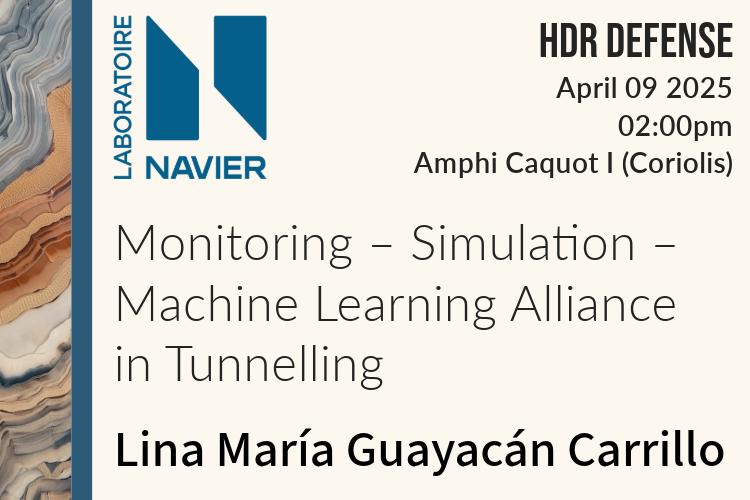
HDR Defense – Lina María Guayacán Carrillo
Lina María Guayacán Carrillo, researcher in the Geotechnics team, will defend her Habilitation to Supervise Research (HDR) on Wednesday, April…
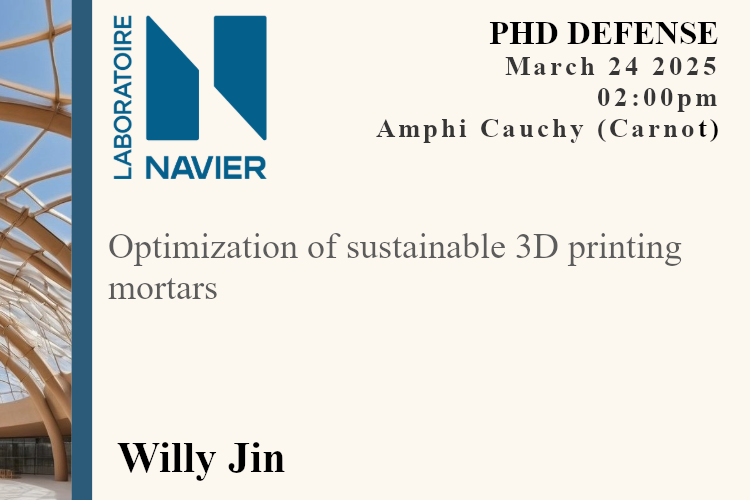
PhD Defense – Willy Jin
Willy Jin, a PhD candidate in the Architectured Materials and Structures team and École de Technologie Supérieure of Université du…
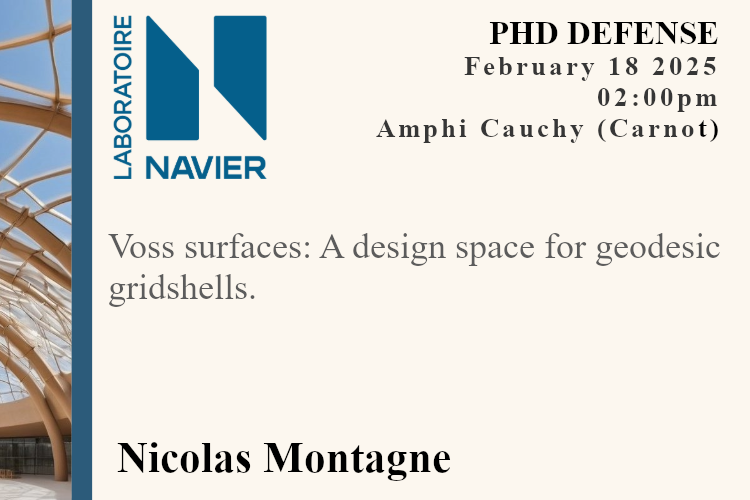
PhD Defense – Nicolas Montagne
Nicolas Montagne, a PhD candidate in the Architectured Materials and Structures team will defend his dissertation titled « Voss surfaces:…

PhD Defense – Romane Boutillier
Romane Boutillier, a PhD candidate in the Architectured Materials and Structures team and LAMA will defend her dissertation titled « Designing architectural…
Jobs
Stage/Internship M2 : Investigation of micro-damage in salt-rock samples from the quantitative analysis of X-ray computed tomography 3D images
Context Renewable hydrogen stands as a valuable alternative to fossil energy. The increase in hydrogen demand and production begs the…

PhD position: “Field investigation of an in-situ soil treatment solution for clay shrink-swell inhibition”
The cycles of clay shrink-swell (CSS) are linked to the cycles of soil moisture fluctuations, themselves governed by alternating precipitation…
M1/M2 Internship Opportunity in Acoiustic Enclosure Design
Echo Silence, in partnership with the Navier Laboratory at École des Ponts ParisTech, is offering a unique internship opportunity aimed…
Ph.D.: “Mechanics of swelling clay faults from molecular simulation to earthquakes”
Plate boundary fault zones exhibit a wide range of dynamic behaviors, from aseismic slip to mega-earthquakes. So far, there is…
Internship “Mechanics of swelling clay faults: granular approach”
Plate boundary fault zones exhibit a wide range of dynamic behaviors, from aseismic slip to mega-earthquakes. So far, there is…
Ph.D.: Study of crystallization pressure by molecular simulation and microfluidics experiments
Salt crystallization in porous media is a major cause of degradation of heritage, construction materials, and geomaterials. Yet, the crystallization…





